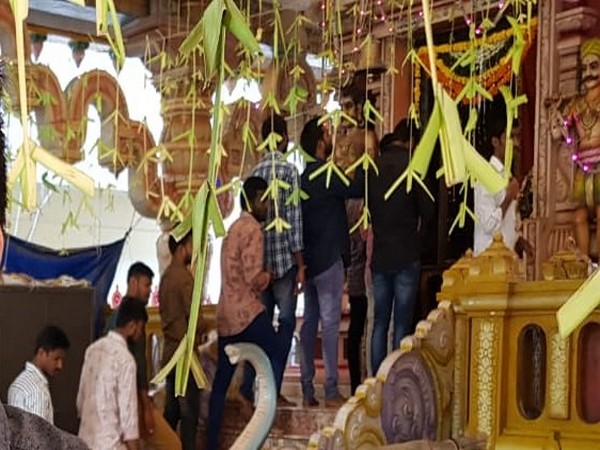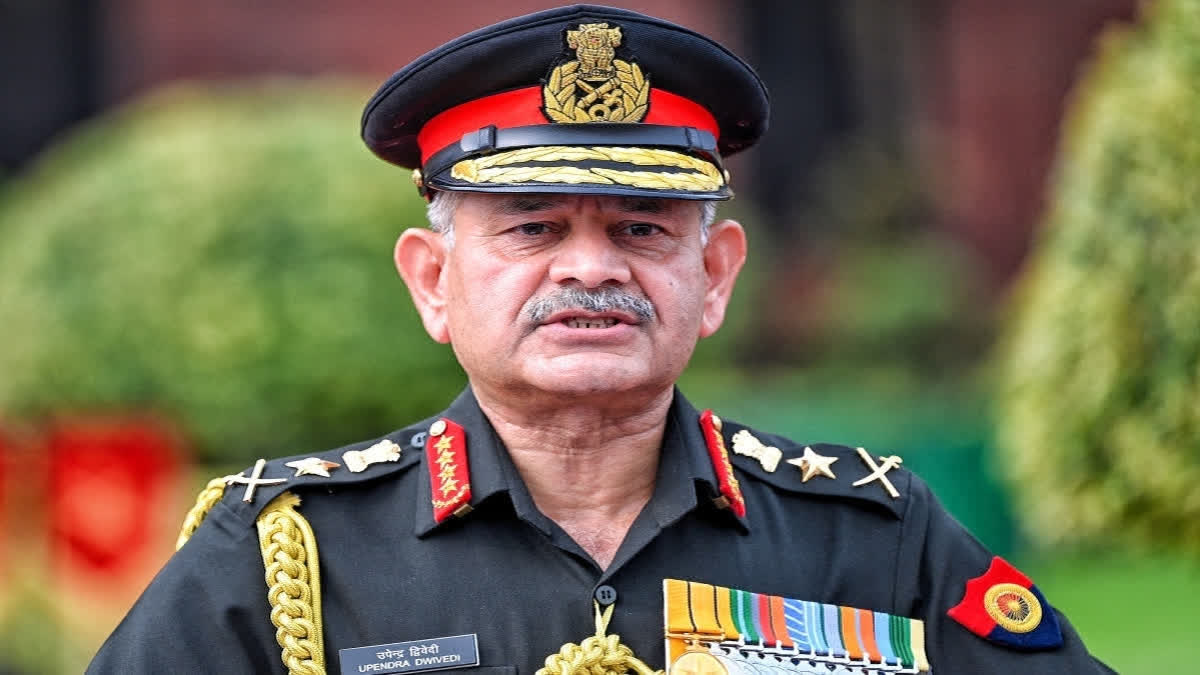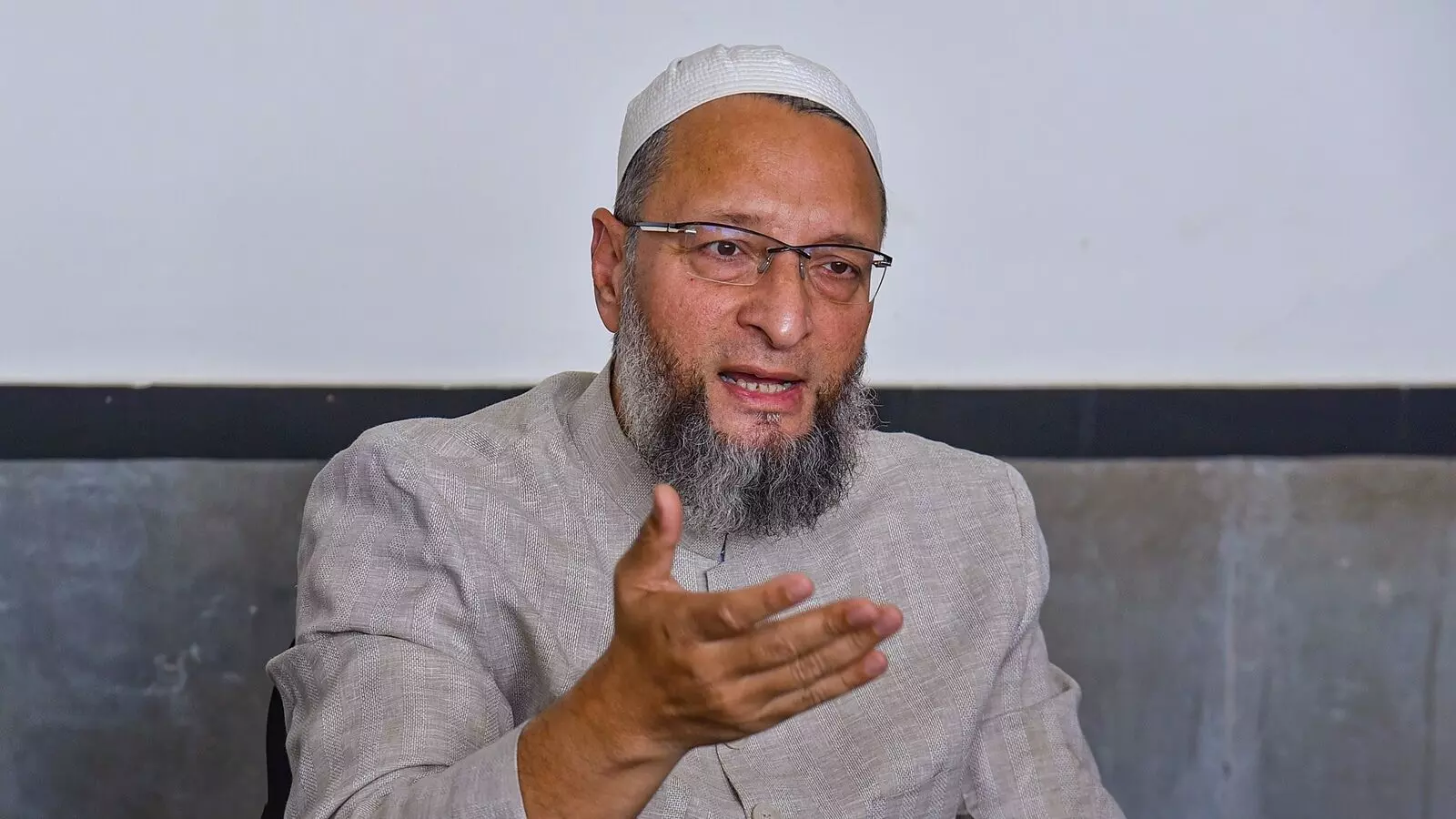Finance ministry says economic recovery linked to Coronavirus infection curve
Tue 04 Aug 2020, 18:34:55

NEW DELHI: The finance ministry on Tuesday said India's economic recovery will depend on how the pandemic behaves across the country in the coming days, especially in industrialised states.
"The spread of covid-19 to most states/UTs and the emergence of new hotspots have led the states/UTs to enforce intermittent lockdowns. India’s top 12 growth driving states account for 85% of the covid-19 case load, with 40% of confirmed cases concentrated in the top two growth drivers i.e. Maharashtra and Tamil Nadu," the finance ministry said in its Monthly Economic Report for July.
India’s July purchasing managers' index (PMI) for manufacturing declined to 46 from 47.2 in June, indicative of the impact of regional lockdowns, amid a demand slump, on the nation's business activity.
While the Centre began unlocking the country from 1 June to revive economic activity, coronavirus caseload touched 5.6 lakh by end of July, a surge of 166% month-on-month.
Karnataka, Andhra Pradesh and Jharkhand, reported some of the highest growth rates, experiencing a second wave of infections. Offering respite was the rise in recoveries which was faster and broad-based, growing at 215% to reach 10.9 lakh by the end of last month, the report said.
The ministry said highest cumulative deaths by July end were concentrated in Maharashtra, Tamil Nadu, Delhi, and Gujarat while the biggest rise in deaths was witnessed in Karnataka, Andhra Pradesh, and Assam when compared with June numbers
When it comes to GST collections, the greatest fall in June was witnessed in Haryana and Uttarakhand followed by Tamil Nadu. Electricity consumption recovered in June as compared to May with strongest recoveries in Karnataka, Andhra Pradesh, Punjab and Chhattisgarh.
"Value of e-way bills, suggestive of intra and inter-state movements of goods, also picked up strongly in June
over May, across all states. However, June growth of e-way bills continued to stay weak for hotspots like Maharashtra, Tamil Nadu, Delhi and Haryana," the report said.
over May, across all states. However, June growth of e-way bills continued to stay weak for hotspots like Maharashtra, Tamil Nadu, Delhi and Haryana," the report said.
Amid reverse migration from urban to provincial regions, work made under MGNREGA nearly multiplied in June to arrive at 6,403 lakh individual days. "In any case, Maharashtra, the greatest covid-19 hotspot and goal relocation state, recorded a fall in MGNREGA work in June both and in comparative with May as it saw outmigration to different states," the report said.
Demand recovery was also visible in the strong 380% improvement in vehicle registrations in June over May, albeit still far from previous year's levels. "Strongest pickup in registrations in June over May was witnessed in Tamil Nadu, Karnataka and Delhi," it added.
Last week, State Bank of India, in a research note, said India’s average mobility indices reconfirm its fear of economy losing much of the momentum in July with mini-lockdowns across states. "India’s average reveals not much improvement in Workplace Mobility and in fact decline in mobility to Grocery and Pharmacy compared to Jun’20," SBI had said.
The report said among the top 50 worst-affected districts in July, which are witnessing maximum number of new cases, 26 are in rural areas with Andhra Pradesh worst hit while Bihar, Karnataka Odisha and Uttar Pradesh are showing marginal spread and hence must be contained immediately. “Tamil Nadu comes next with higher number of districts getting affected, though majority are urban districts," it added.
The finance ministry in its monthly report said while global economic activity is recovering from its unprecedented troughs, several downside risks remain -fear of second wave of infections, an over-leveraged non-financial sector and external debt financing risks, simmering trade and geo-political tensions and unprecedented covid-19 induced unemployment losses.
No Comments For This Post, Be first to write a Comment.
Most viewed from National
Most viewed from World
AIMIM News
Delhi Assembly polls: Owaisi leads Padyatra in Okhla
Feb 01, 2025
We reject this Waqf Amendment Bill: Asaduddin Owaisi
Jan 30, 2025
Latest Urdu News
Most Viewed
May 26, 2020
Which team will win the ICC Men's Champions Trophy 2025 held in Pakistan/Dubai?
Latest Videos View All
Like Us
Home
About Us
Advertise With Us
All Polls
Epaper Archives
Privacy Policy
Contact Us
Download Etemaad App
© 2025 Etemaad Daily News, All Rights Reserved.


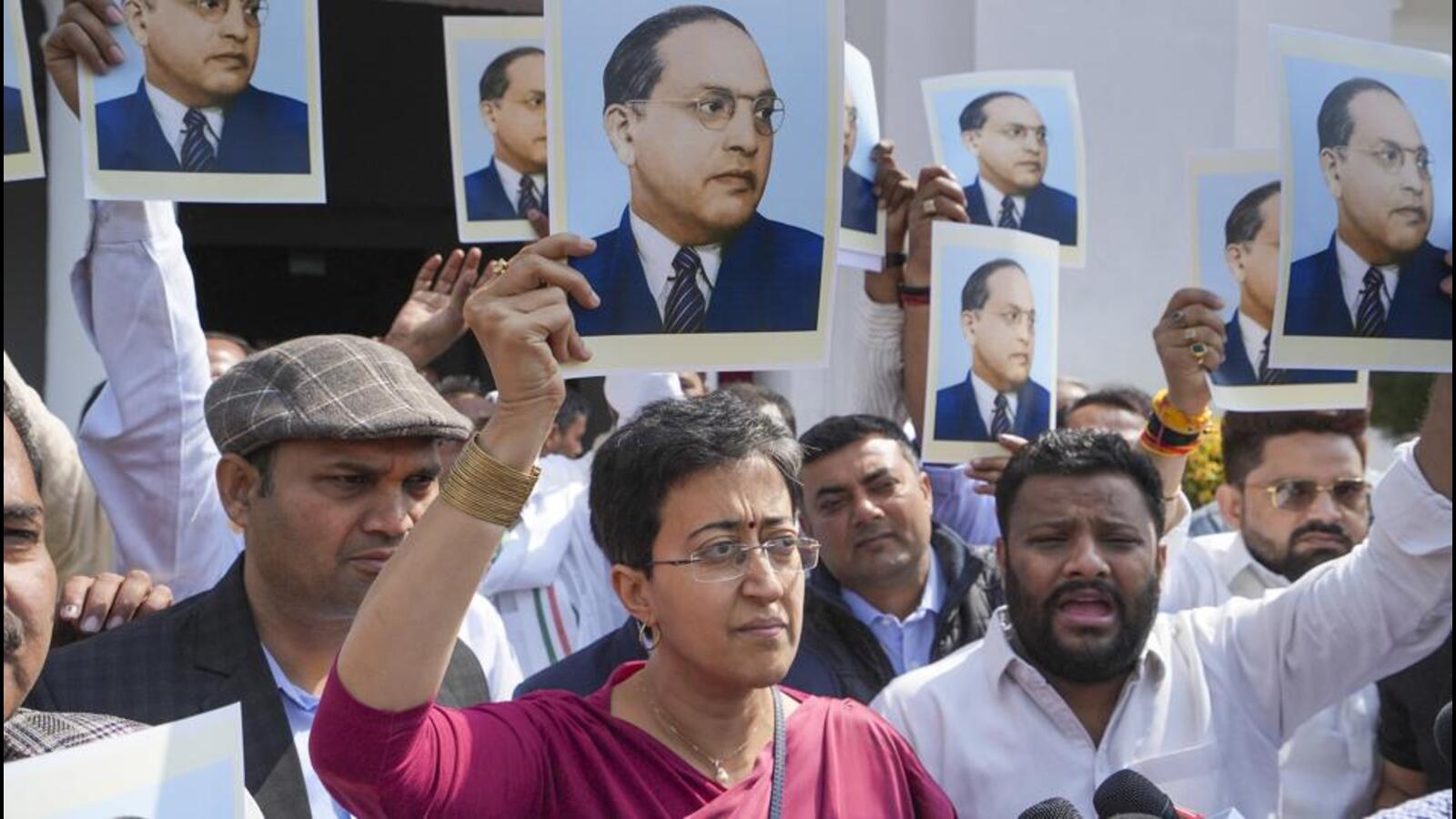
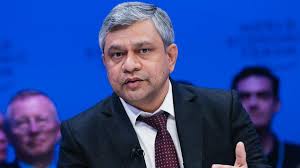


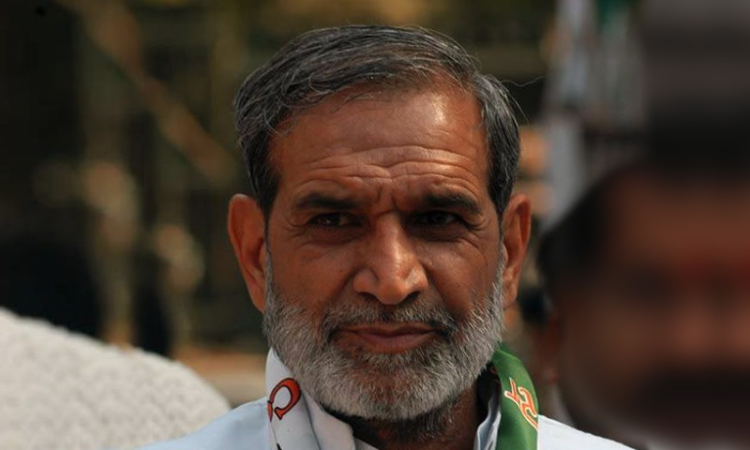

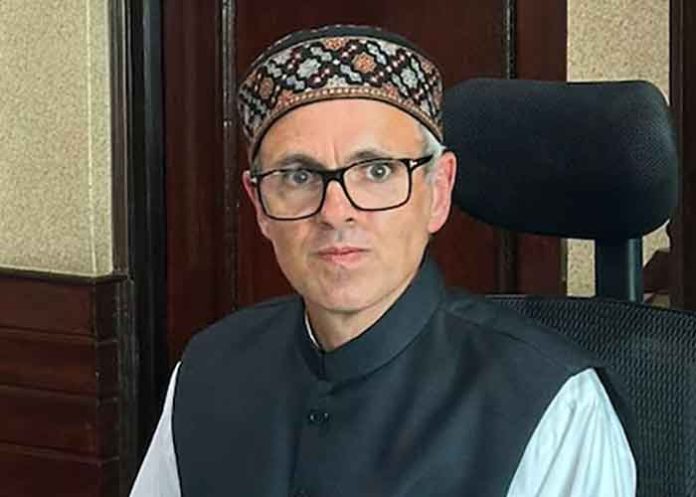

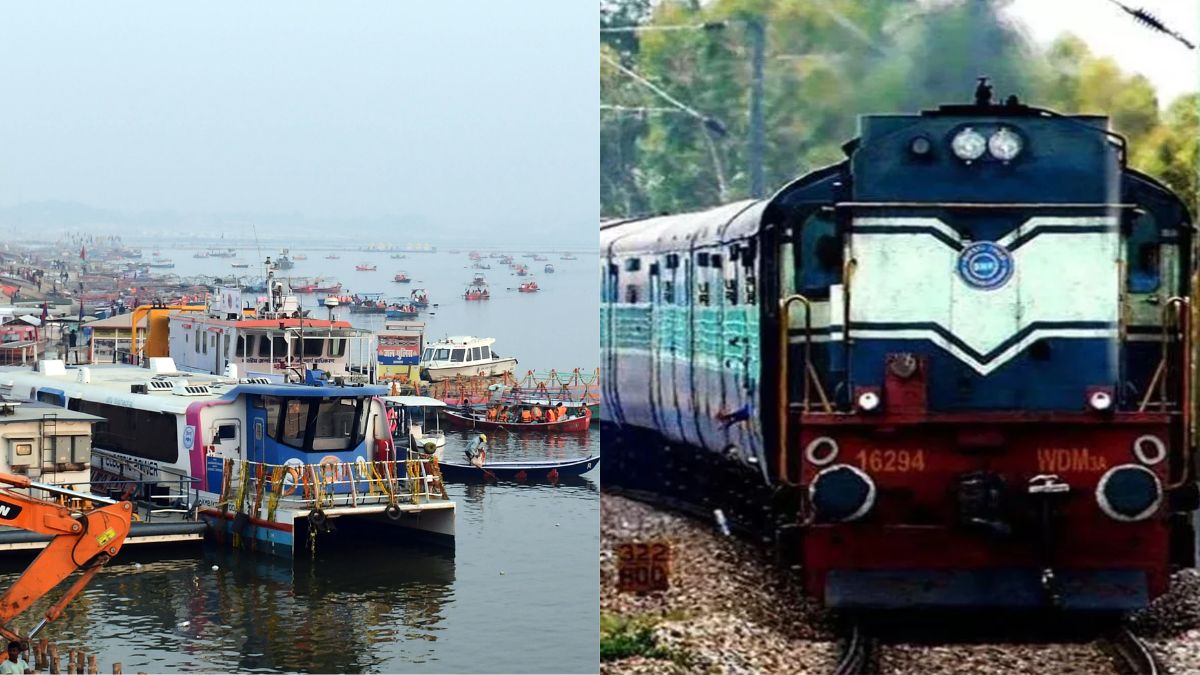
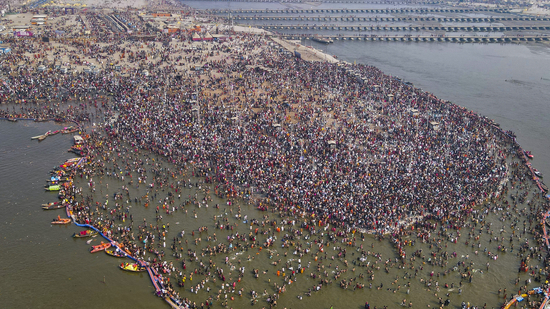
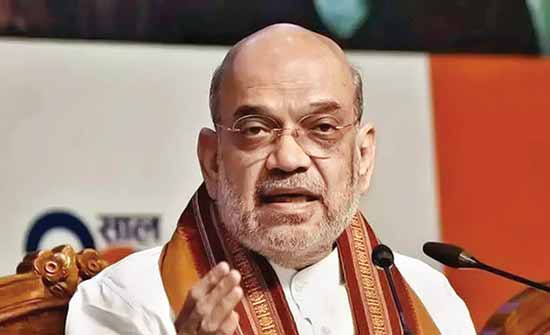
.jpg)
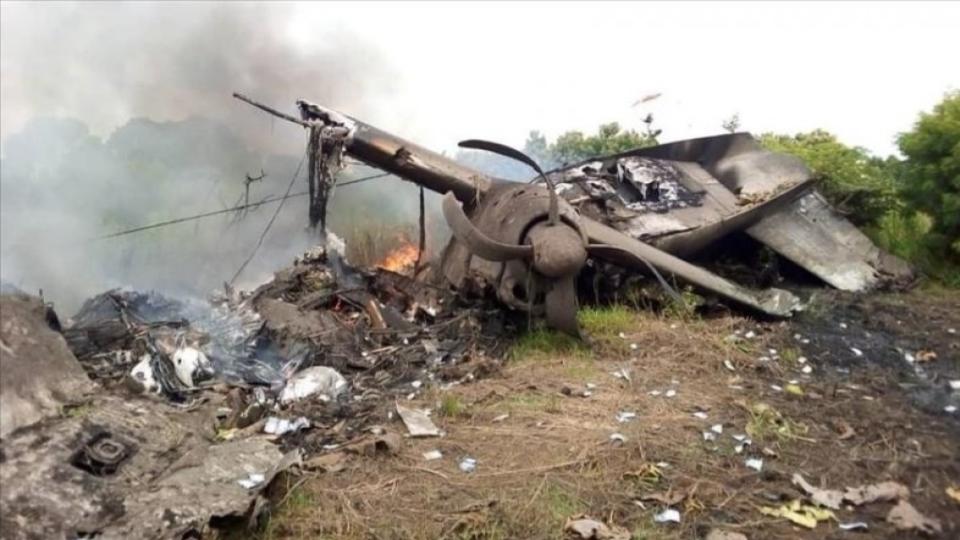
.jpg)
.jpg)
.jpg)
.jpg)
.jpg)
.jpg)
.jpg)
.jpg)
